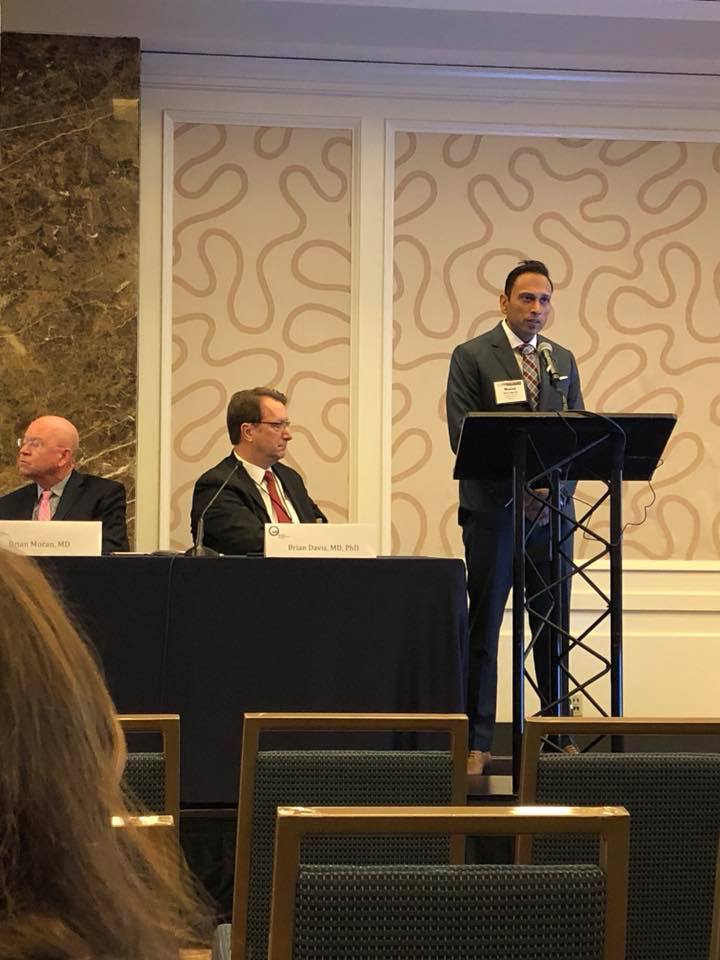
If You Have Prostate Cancer and Were Recommended Hormone Therapy, Integrating Brachytherapy Can Significantly Shorten the Treatment Duration
If you’ve been diagnosed with high-risk prostate cancer and have been advised to undergo hormone therapy (androgen-deprivation therapy), you might want to consider integrating brachytherapy into your treatment plan. This combination has been shown to not only improve outcomes but also potentially reduce the duration of hormone therapy, which is often the most challenging part of prostate cancer treatment.
Why Consider Brachytherapy?
Managing high-risk prostate cancer effectively is crucial, and recent research highlights the benefits of combining brachytherapy with external-beam radiation therapy (EBRT). Brachytherapy, which involves placing radioactive seeds directly into the prostate, delivers a high dose of radiation precisely to the cancer, reducing the need for prolonged hormone therapy.
The Advantage of Brachytherapy in Prostate Cancer Treatment
For men undergoing EBRT, hormone therapy is typically recommended for up to two years to enhance treatment effectiveness. However, this long-term hormone therapy can come with severe side effects that significantly impact quality of life. New studies suggest that adding brachytherapy to your treatment plan can provide the same, if not better, cancer control while allowing you to shorten the hormone therapy duration considerably.
Key Findings from Recent Studies
One notable study conducted in Japan involved men with high-risk prostate cancer. These men received a combination of brachytherapy and EBRT, along with just six months of hormone therapy. The results were promising: after nearly a decade of follow-up, the study found no significant difference in cancer recurrence rates between those who had six months of hormone therapy and those who had 30 months. This suggests that for some men, shorter hormone therapy might be just as effective when paired with brachytherapy.
Similarly, other studies have demonstrated that the combination of brachytherapy and EBRT can lead to high rates of cancer control while minimizing the duration of hormone therapy. For instance, the ASCENDE-RT trial showed a 9-year biochemical control rate of 84% when brachytherapy was included, compared to 62.4% with EBRT alone.
Improving Quality of Life
One of the most compelling aspects of incorporating brachytherapy is the potential to lessen the side effects associated with long-term hormone therapy. Shorter hormone therapy can help you recover testosterone levels more quickly, reducing the time you spend dealing with side effects like fatigue, decreased libido, and bone loss. In fact, men who underwent shorter hormone therapy after brachytherapy were able to recover their testosterone levels much faster than those on longer therapy, without compromising their cancer treatment outcomes.
Is Brachytherapy Right for You?
The decision to include brachytherapy in your treatment plan should be made in consultation with your oncologist, considering your specific situation. However, for many men with high-risk prostate cancer, this approach offers a promising way to reduce the burden of treatment while maintaining high rates of cancer control.
Conclusion
The integration of brachytherapy into prostate cancer treatment represents a significant step forward, offering the possibility of shorter hormone therapy with fewer side effects. If you’ve been recommended hormone therapy for prostate cancer, discussing the option of adding brachytherapy with your doctor could be a crucial step in improving your quality of life while effectively managing your cancer.
At our practice, we specialize in advanced prostate cancer brachytherapy. Our goal is to provide you with the most effective, least burdensome care possible. If you have questions or would like to explore whether brachytherapy is right for you, please contact us to schedule a consultation.
